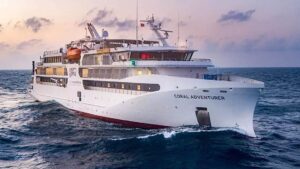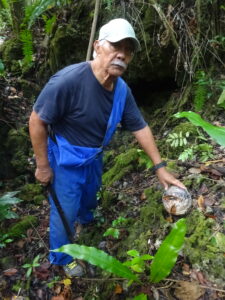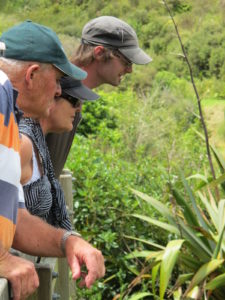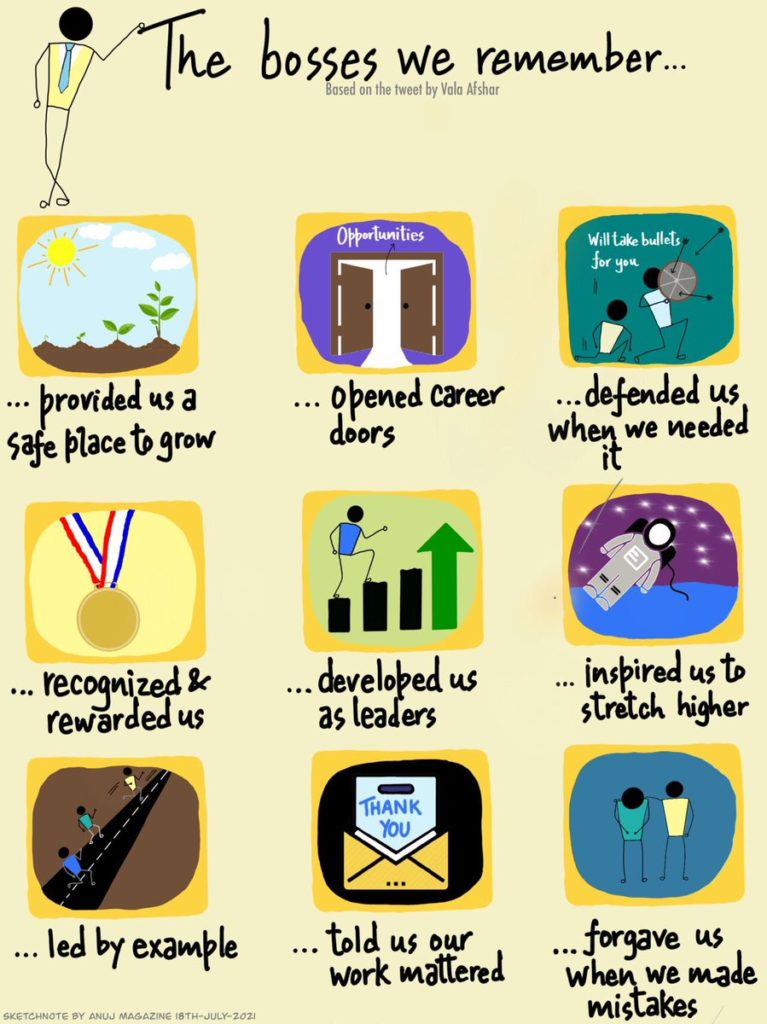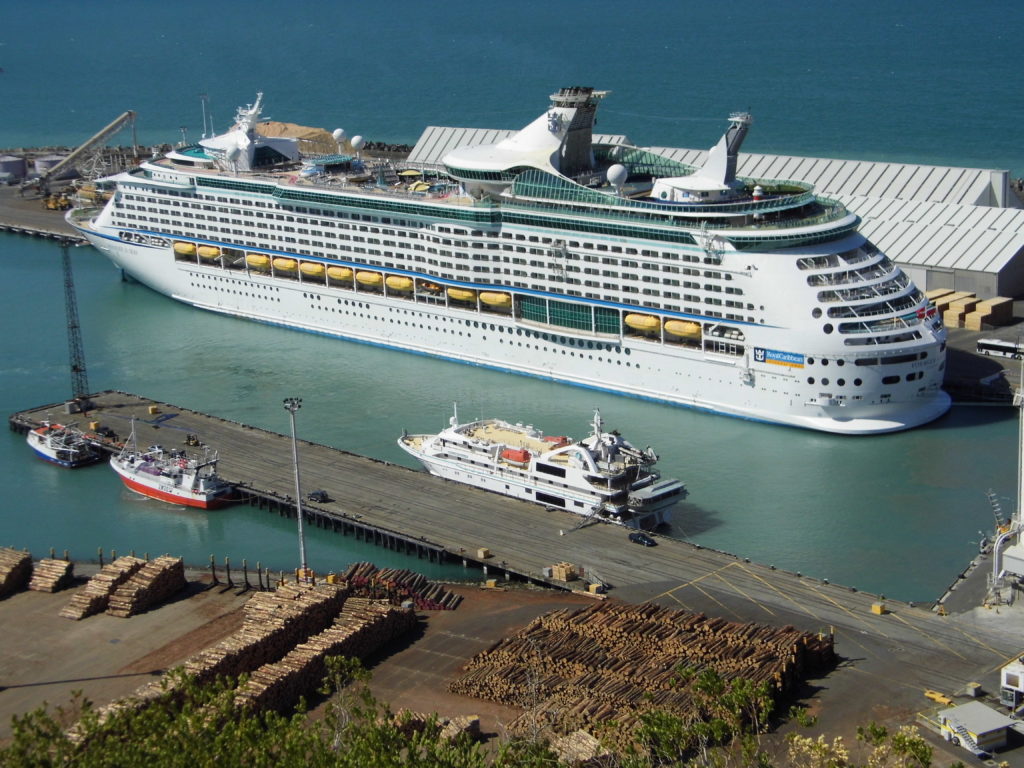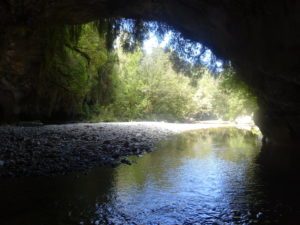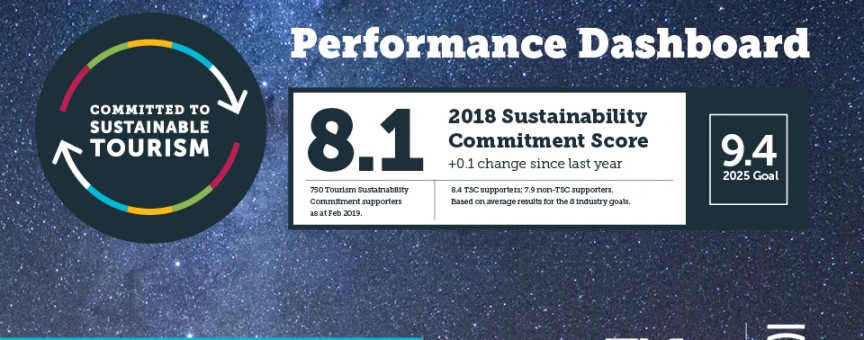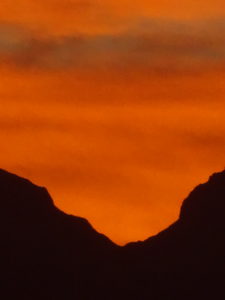Nau mai!
Late, last summer in Coastal Otago; hoiho and visitors mixing in a small area of reserve land in a natural landscape. No interpreters present, and “common sense” guidelines being ignored by some.
With increasing number of visitors travelling to more remote places the potential threat to endangered wildlife is incrementally increasing. What drive visitors to seek wildlife interactions?
Considering the importance of this question there is a lack of recent research that suggests motivations and potential mitigation of any issue. One key study undertaken(in New Zealand and Australia) by CRC Tourism sets some important benchmarks in understanding, and thereby managing, visitors expectations.
Surveys asked visitors to rate how important opportunities to see wildlife are in their holiday travel decisions. Overall:
- 20% said that the opportunity to view wildlife is one of the most important factors in their travel decisions(most important decision factor);
- 51% said that opportunity to view wildlife is included as part of their travel decisions (one decision factor);
- 28% said that viewing wildlife is not included as part of their travel decisions, but they enjoy seeing wildlife while on holidays (not a decision factor)
Those interviewed were asked how could the wildlife experience be improved. Key responses included:
- see more wildlife – number, variety and different aspects of
- have more time/improve the timing and logistics of tours
- have more interaction with wildlife
- improve visitor management, in particular, to have fewer visitors/smaller groups
- enhanced interpretation, both guide knowledge and non personal
Across a range of sites in both countries people seeking wildlife interactions were likely to be/have: older, have higher levels of education, stay longer, travel further, spend more, higher education levels and incomes, independent travellers, younger, female, younger, independent, use the internet for information, stay longer in the region.
Key themes around visitor satisfaction with wildlife experiences was higher for visitors who: learnt more about wildlife, rated their most memorable wildlife encounter as exciting, rated their most memorable wildlife encounter as natural ,place greater importance on seeing wildlife on holiday, are tour participants, are female, seek wildlife encounters in natural, environment, desire wildlife encounters with knowledgeable guides or staff present, and saw an animal for the first time in real life.
There is guidance in this research. Clues and actions we could take to better manage the interactions noted in the first paragraph.
In previous blogs we have touched on the importance of interpretation as the key facilitator of empowering better wildlife interactions, the need for companies to improve their social license to operate, and threats to our rare and endangered wildlife.
Wildlife interactions are a key plank of tourism in New Zealand /Aotearoa. We need enhanced research on wildlife interactions and agreed approaches to enhancing the visitor experience, and protecting the uncertain future of many of our natural taonga, across the country.
We need big picture, long term, balanced, decision making.
Ka kite ano
Malcolm
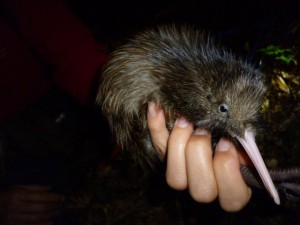
Four week old “Pounamu” born and bred on Maungatautari
